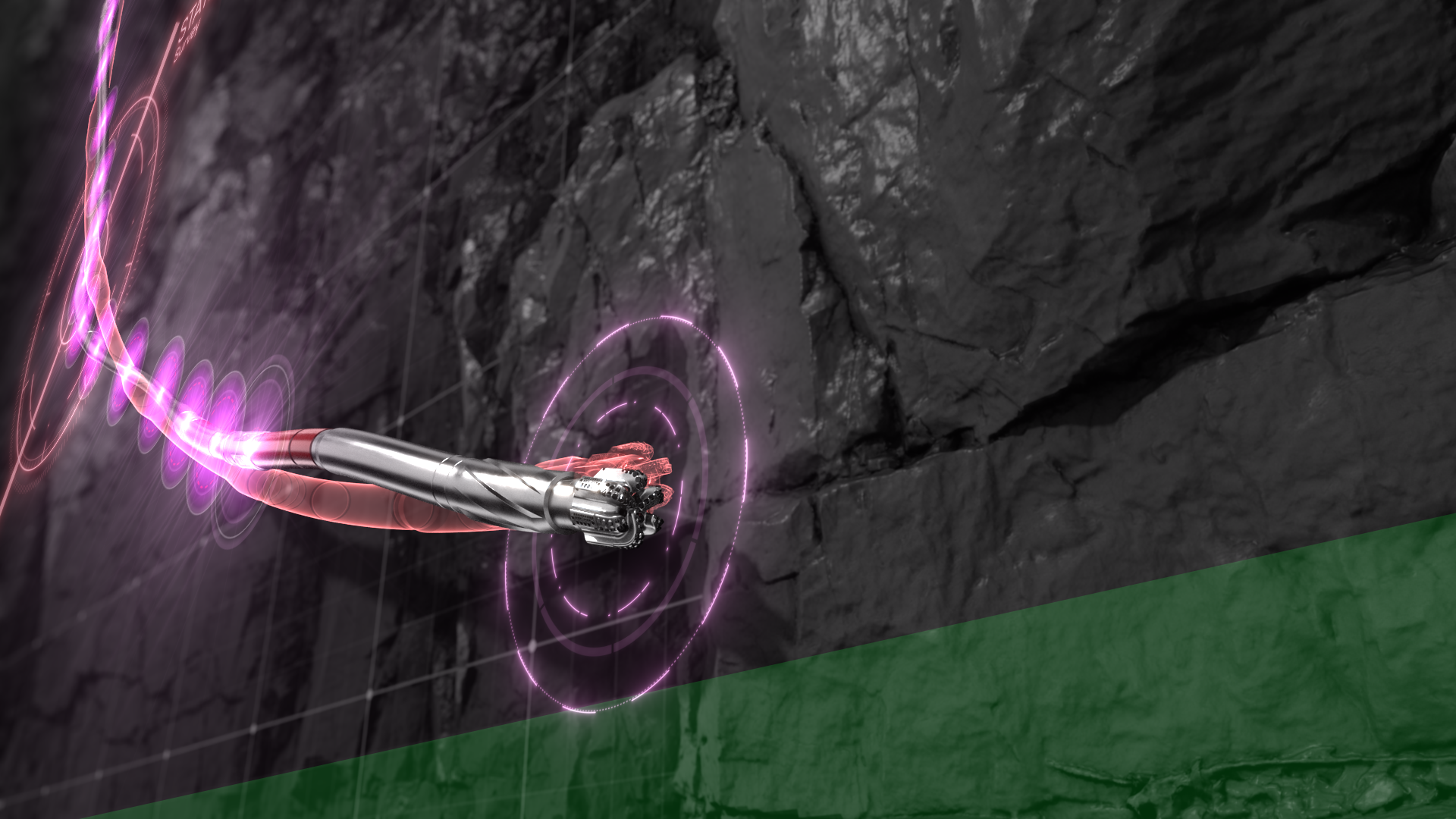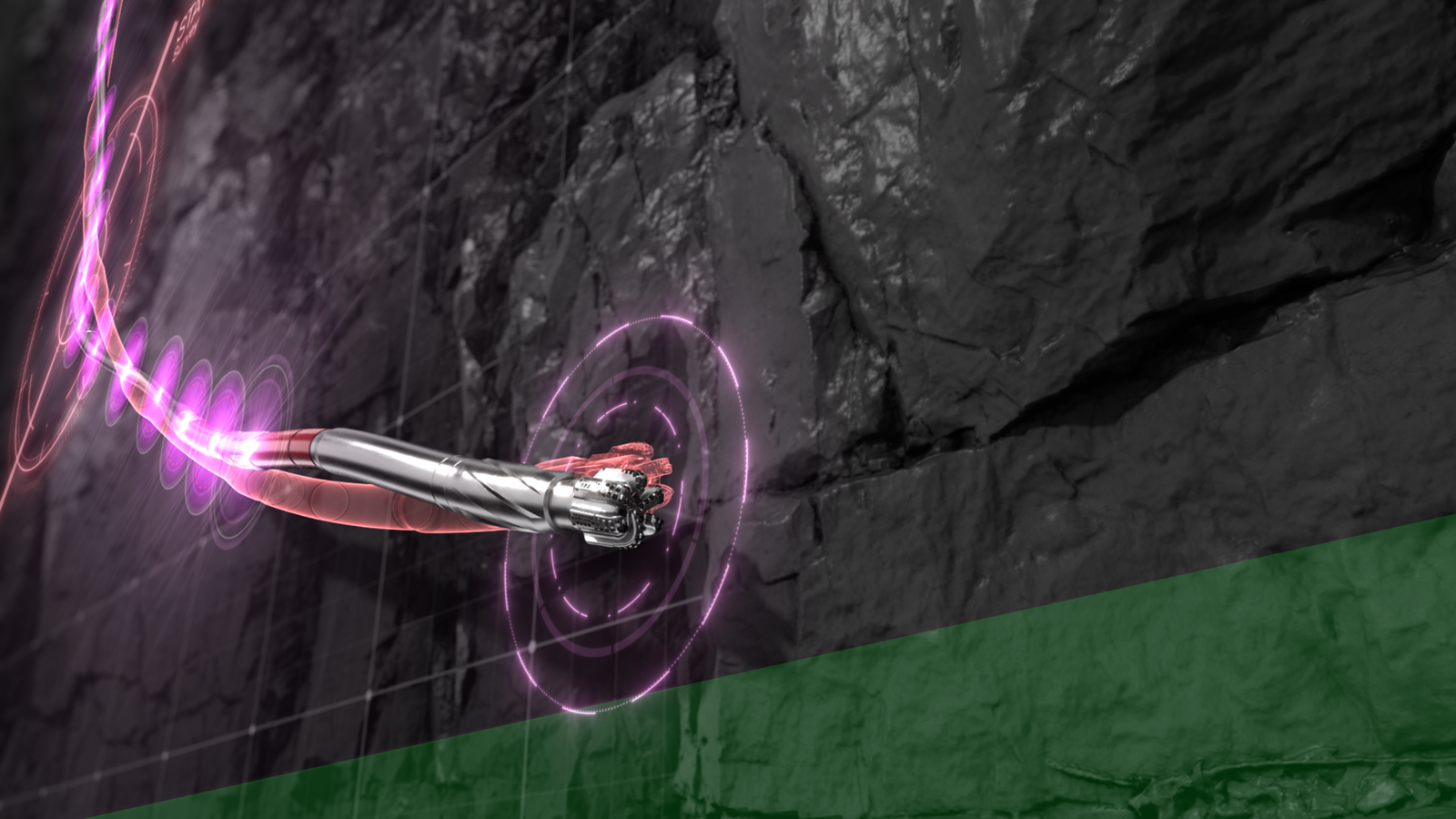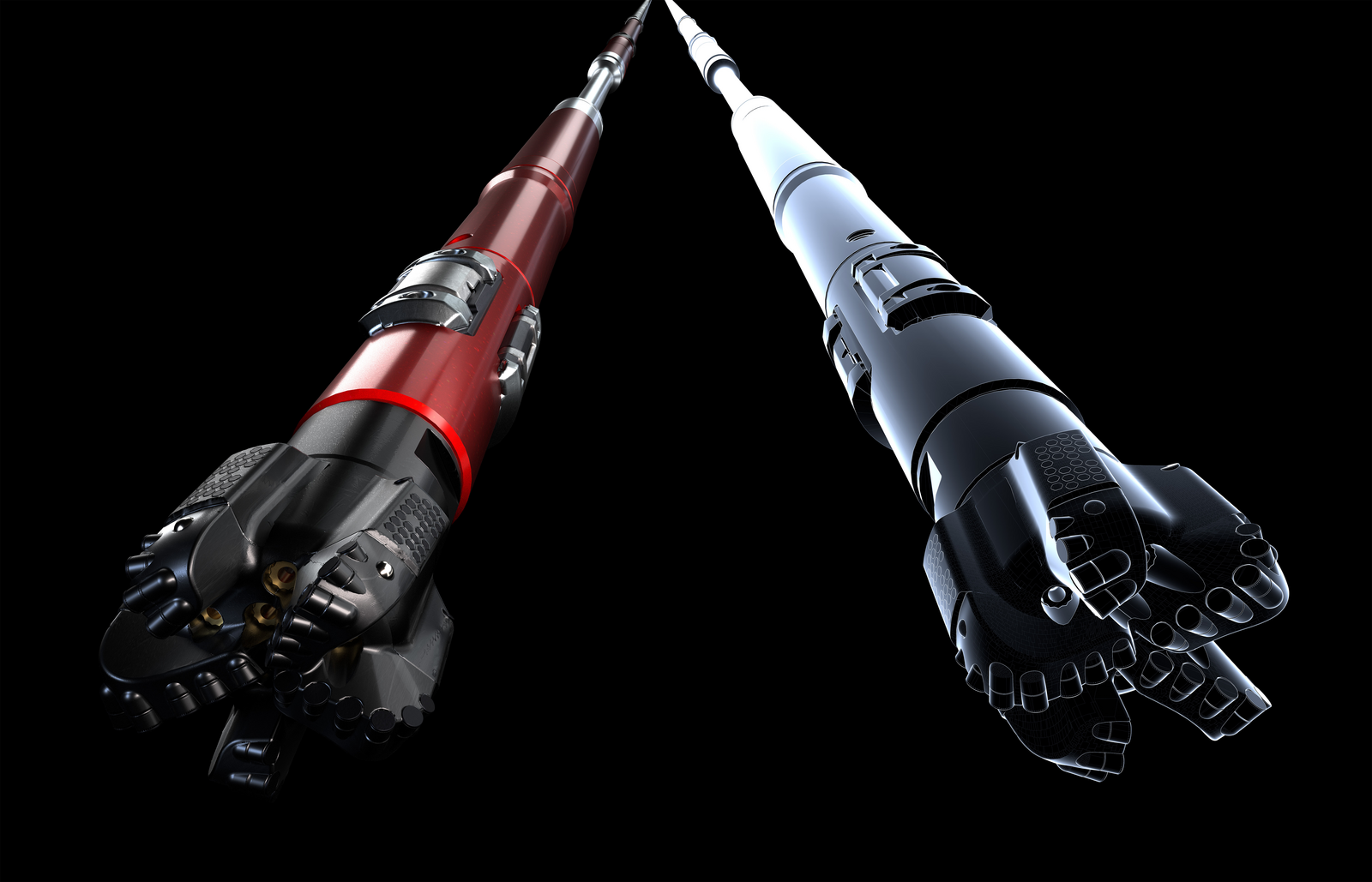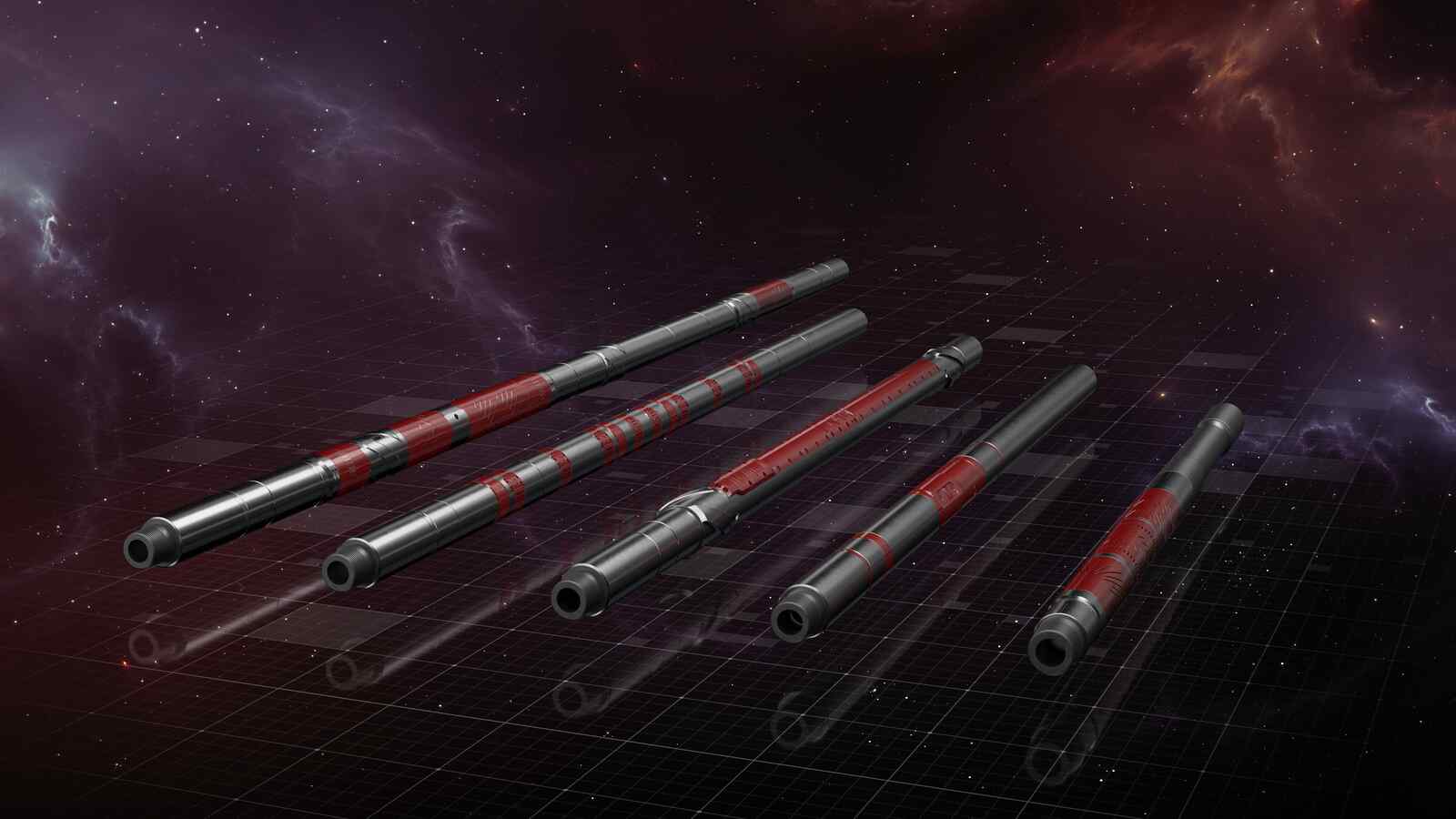 Search
Search
 Search
Search

GuideStar™ continuous definitive survey measurement service captures true wellbore tortuosity and removes uncertainty during well design.
Download PDFDeep Water

Accurate pre-well modelling to optimize tubular and casing design

Norway

One of the biggest challenges encountered during extended reach drilling is weight transfer for both the drilling assembly and subsequent casing or completion string. While a tortuosity assumption is commonly applied during the design phase to assess the mechanical limits of the drill string, it can be too conservative or restrictive. This could lead to a suboptimal well design, potentially hindering the achievement of objectives before reaching a mechanical limit.
During drilling, static surveys are taken every connection and applied to various torque and drag models to help reduce uncertainty introduced by assumptions regarding sinusoidal period and magnitude. Although these static surveys help reduce uncertainty, they do not eliminate risk. Hidden tortuosity commonly exists between static surveys attributed to formation-induced deflection, geosteering decisions, and lithological tendency. By applying high-frequency (3 m/ 10 ft) definitive-grade surveys to torque and drag models, the risk associated with hidden or unwanted tortuosity can be eliminated. These high-frequency measurements accurately describe the borehole trajectory in a period that does not create unrealistic curvature and does not allow unwanted tortuosity in the dataset.
While high-frequency surveys can produce more accurate torque and drag models, the dataset can also be used to compare predrilled absolute tortuosity assumptions to the actual tortuosity. This provides an opportunity to calibrate tortuosity assumptions applied during the planning phase to define the mechanical limits of the system more accurately.
During preplanning activities for complex extended reach wells on the Norwegian Continental Shelf, a major oil and gas operator defined torque management as a limiting factor to achieve the desired well objectives of measured depth and successful, subsequent tubular operations. Specifically, if the drilling assembly were drilled beyond a point of helical buckling experienced by the subsequent casing or completions assembly, significant time would be necessary to pull the tubulars out of hole for reconfiguration.
During drilling operations, high-frequency survey data was acquired from the directional package on the BaseStar® service collar, which is part of the iStar® intelligent drilling and logging platform. This raw high-frequency survey data, acquired every three seconds, was then processed to an even depth increment, thus creating a dataset.
The dataset acquired while drillng the horizontal section was then appended to either the static surveys from the previous hole sections or a combination of both static and GuideStar™ measurement surveys and used to update the Compass™ software database. The operator used these integrated engineering applications to compare pre-drill tortuosity to actual tortuosity. This provided an accurate calibration point to refine the assumptions for the more technically challenging wells during the early phase of planning.
To help define the impact hidden tortuosity has on drilling and tubular mechanical limitations, the operator performed several simulations to determine the weight at which helical buckling would lock up the work string. This analysis revealed both pre-well tortuosity assumptions and static surveys were conservative relative to the actual absolute tortuosity, as shown using the high-frequency GuideStar™ survey measurements. Additionally, high doglegs caused by aggressive steering or formation induced deflections had a significant effect on the available weight before helical buckling occurred.
Results from the multi-well analysis (comparing pre-drill assumptions, static surveys, and GuideStar™ survey measurements) revealed a conservative approach during well planning, thus affecting the execution phase. If mechanical limits constrain the desired measured depth of a planned well, opportunity exists to implement mitigating measures to reduce the system torque demand. This helps ensure the desired measured depth and subsequent tubular operations can be executed successfully to achieve the well objectives.
The analysis also demonstrates the significant negative impact localized doglegs have on the available weight before helical buckling impedes the axial efficiency of the system. By identifying these artifacts in the well trajectory, corrective actions can be employed to help reduce the magnitude and subsequently provide a greater margin before helical buckling occurs.

The GuideStar™ service provides continuous definitive survey measurements using high-resolution sampling for precise wellbore placement.

Offers a digital transformation of drilling solutions to reduce operational risks and ensure consistent well delivery.

Fully digital and web-enabled to monitor and control drilling and logging operations from anywhere.
